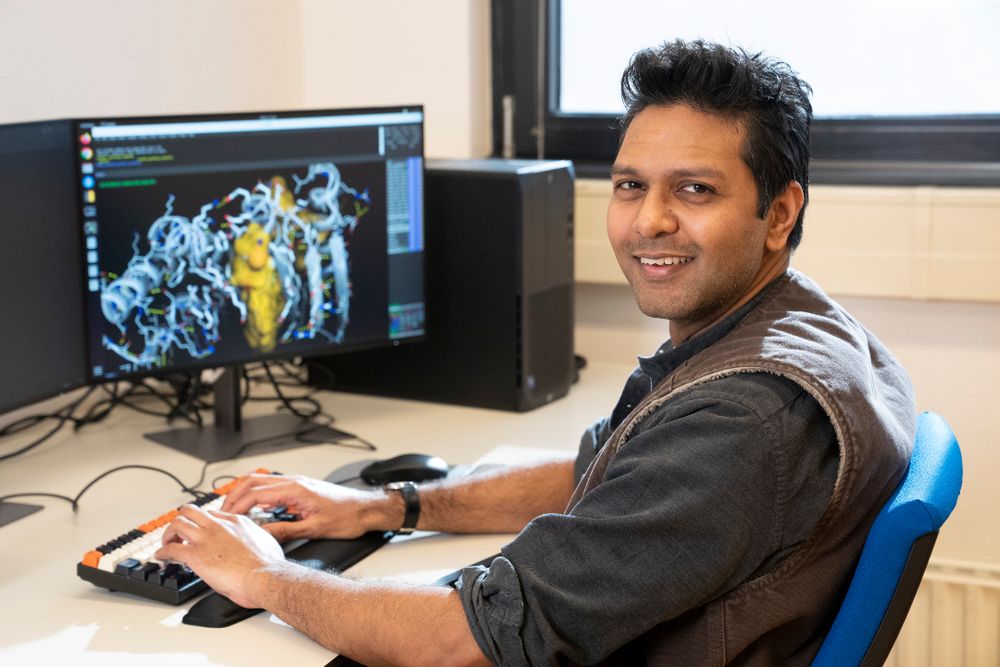Luca Giorgetti lab @FMI
@lucagiorgetti.bsky.social
860 followers
210 following
55 posts
We study transcriptional regulation and chromosome folding using an interdisciplinary approach combining wet- and dry-lab methods.
https://giorgettilab.org
@fmiscience.bsky.social
Posts
Media
Videos
Starter Packs
Pinned
Reposted by Luca Giorgetti lab @FMI
Reposted by Luca Giorgetti lab @FMI
Reposted by Luca Giorgetti lab @FMI
Jop Kind
@jopkind.bsky.social
· 21d

MeCP2 binding and genome–lamina reorganization precede long gene activation during mouse corticogenesis
During corticogenesis, neural gene expression is tightly coordinated by chromatin and epigenetic changes, whose misregulation can lead to neurodevelopmental disorders[1][1]–[4][2]. The role of spatial...
doi.org















